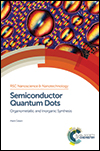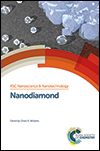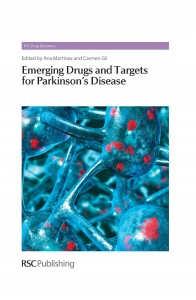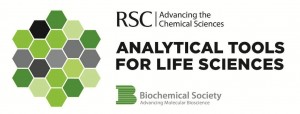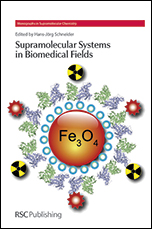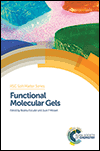 Soft matter is a fast developing area of research. To map these exciting changes, the first title in the new RSC Soft Matter Series was published this November. Functional Molecular Gels, edited by Beatriu Escuder and Juan Miravet, Universitat Jaume I in France, covers recent rapid developments in molecular gels, and highlights important discoveries from the exponentially growing body of literature in this field.
Soft matter is a fast developing area of research. To map these exciting changes, the first title in the new RSC Soft Matter Series was published this November. Functional Molecular Gels, edited by Beatriu Escuder and Juan Miravet, Universitat Jaume I in France, covers recent rapid developments in molecular gels, and highlights important discoveries from the exponentially growing body of literature in this field.
Functional Molecular Gels covers the design and characterisation of molecular gels, gels responsive to physical, chemical, and biological stimuli, and the biomedical, optic, electronic, and nanostructural applications of these gels.
The next title in the RSC Soft Matter Series will be published in 2014: Hydrogels in Cell-Based Therapies, edited by Che J. Connon and Series Editor Ian W. Hamley, University of Reading.
Working alongside Ian Hamley as Series Editors are Hans-Jürgen Butt, Max Planck Institute for Polymer Research, Germany; Howard Stone, Princeton University, US; and Chi Wu, The Chinese University of Hong Kong. All are prominent and active researchers in soft matter research, and bring a wealth of knowledge and experience to the Series Editorial Board.
This new Series makes an exciting complement to the Royal Society of Chemistry’s work in this area, which already includes the successful journal Soft Matter.
More titles of interest in this area include Smart Materials for Drug Delivery edited by Carmen Alvarez-Lorenzo and Angel Concheiro, Janus Particle Synthesis, Self-Assembly and Applications edited by Shan Jiang and Steve Granick, and Polymeric and Self Assembled Hydrogels edited by Xian Jun Loh and Oren A. Scherman.
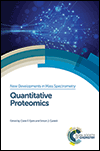 Quantitative Proteomics is published today, and is the first title in the RSC New Developments in Mass Spectrometry Series.
Quantitative Proteomics is published today, and is the first title in the RSC New Developments in Mass Spectrometry Series.










